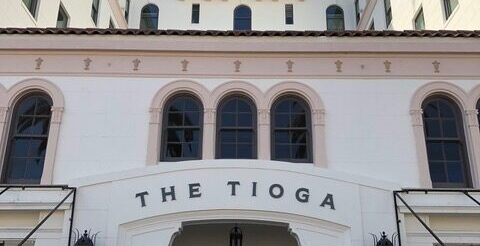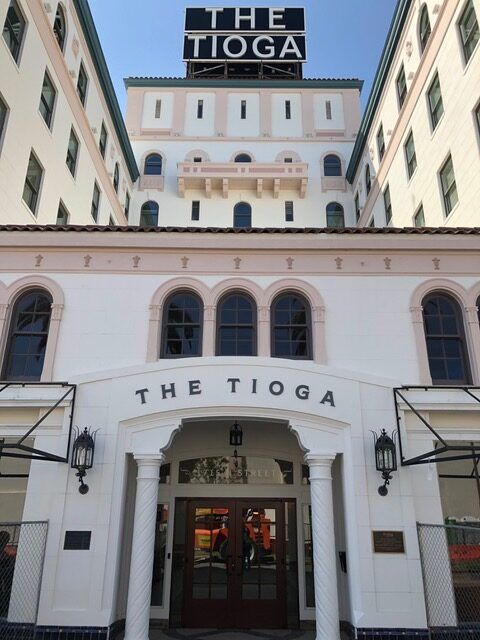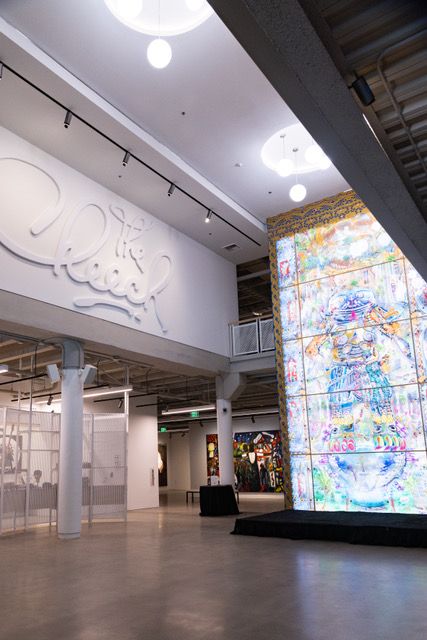Page & Turnbull Earns Honors for Innovation, Design, Preservation and Social Progress


Earning acclaim for architecture, preservation architecture and for unique services that benefit people and places, Page & Turnbull has announced recent awards and new commissions transforming buildings, cities, and open places by focusing on their historic fabric and new architectural opportunities.
Recent honors include a ranking of third for Fast Company Magazine’s top 10 Most Innovative Companies in architecture, as well as project awards for design and leadership from the California Preservation Foundation and the Chicago Athanaeum’s American Architecture Awards, dedicated to the recognition of excellence in architecture and urbanism in the United States.
Leaders of the majority women-owned firm have also assumed prominent positions on the boards of American Institute of Architects (AIA) chapters in San Francisco and Sacramento, as well as a national group tapped to review the U.S. Secretary of the Interior’s Standards for the Treatment of Historic Properties. Page & Turnbull’s work as lead architect of a new museum is also headlining the upcoming international Building Museums symposium in Atlanta, March 12-14.
With a reputation in excellence for transforming buildings, cities, and open places by focusing on historic fabric, Page & Turnbull’s leading-edge approaches to architecture and preservation restore balance, foster growth, and meet today’s needs, from climate action to social justice. Noting the firm’s role in historic context studies throughout California, Fast Company reports, “Historic preservation specialists Page & Turnbull are helping cities own up to the many ways racist policies have attempted to erase communities and neighborhoods.”
Designs & Studies to Benefit Cities

Now in its 50th year, Page & Turnbull nurtures expert multidisciplinary teams of designers and historians who have become renowned for innovative, proprietary approaches for turning buildings, parks, waterfronts, and cities into powerful resources. Their firm’s acclaimed historic context statement (HCS) method, recognized by Fast Company as well as social justice groups and government officials, helps address social equity in cities. For instance, the team’s public accounting of hundreds of lost landmarks and urban touchstones in Santa Barbara serves a community of more than 73,500 African American citizens, and offers a national model being used across the country.
Page & Turnbull has also demonstrated innovative approaches to carbon reduction and climate change, including adaptive reuses of midcentury landmarks such as The Cheech Marin Center for Chicano Art & Culture in Riverside, California. For this and other works, the firm helps offset carbon emissions totaling over 350,000 metric tons, while also preserving iconic structures like a 115-year-old tower that survived the 1906 California earthquake.
Sought after for national talks for the AIA and others, Page & Turnbull experts bring to light pioneering approaches in architecture and practice, including sessions on 1970s midcentury architecture, seismic risks for unreinforced concrete landmarks, and a recent session on directions for the Latinx architecture community. The firm collaborated with the California Preservation Foundation to develop a six-part, FEMA-funded webinar series for homeowners that provides essential guidance on seismic safety.
With creative architectural solutions in the education, residential, cultural, and civic sectors, Page & Turnbull’s has recently garnered design honors from the California Preservation Foundation (CPF) for the firm’s Santa Barbara African American Historic Context Statement and Washington View Apartments in Los Angeles.
With new buildings, adapted landmarks and its leadership in what social justice group Healing Justice SB calls “equitable historic preservation,” Page & Turnbull continues to demonstrate a recognized and unique ability to create citymaking combinations of new architecture and iconic built fabric.
